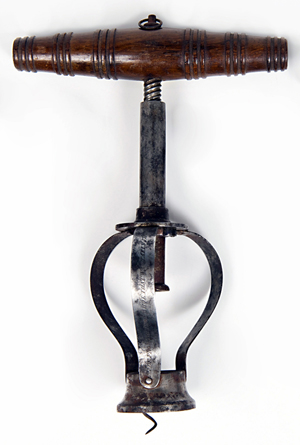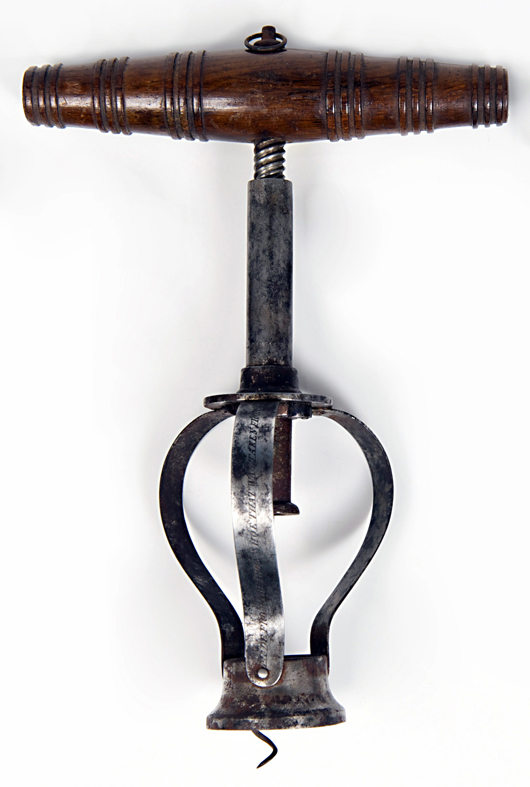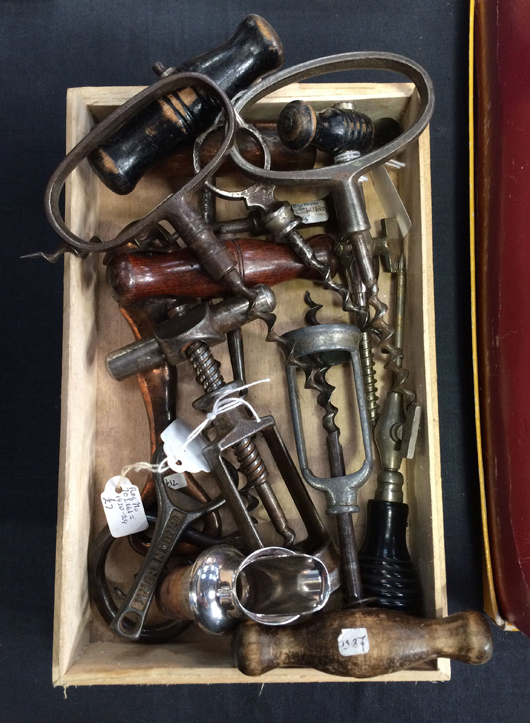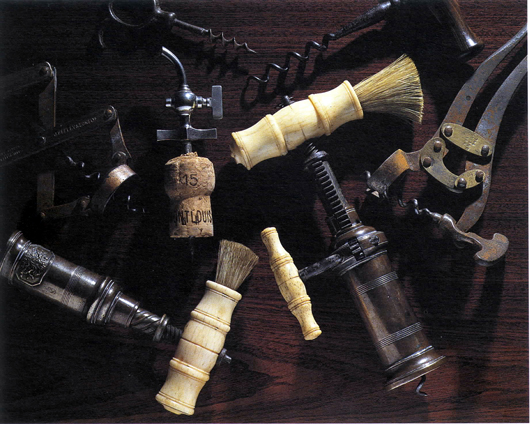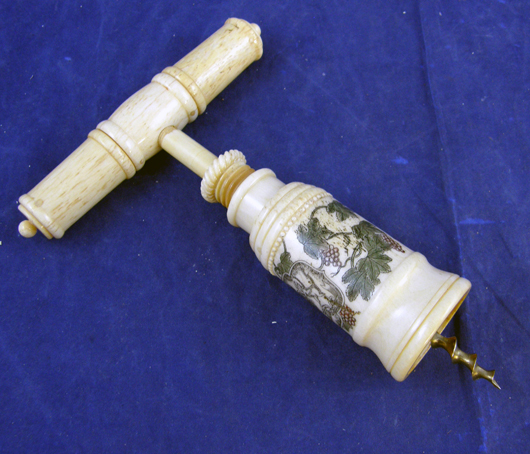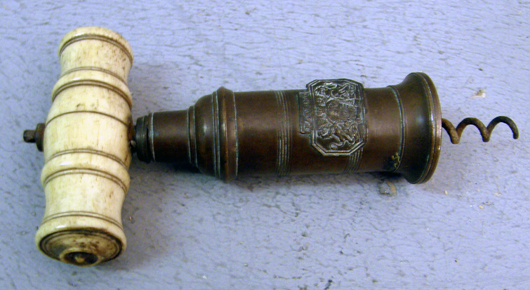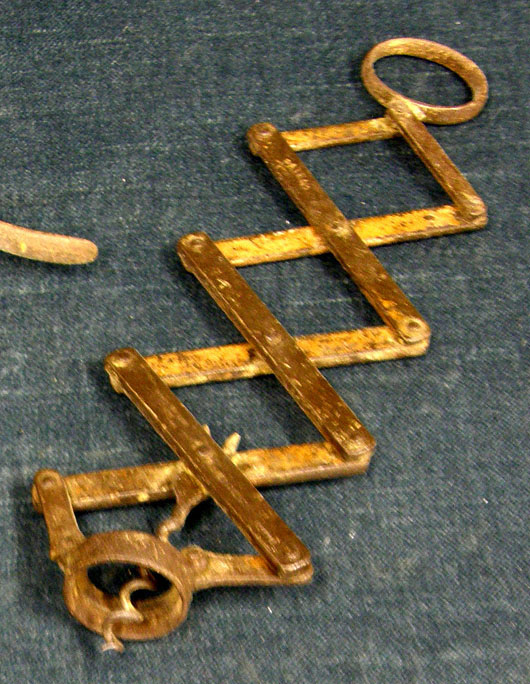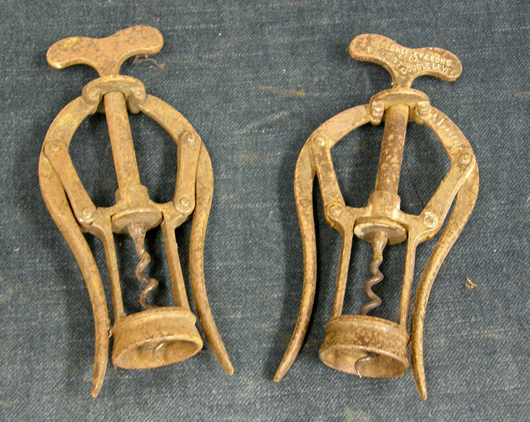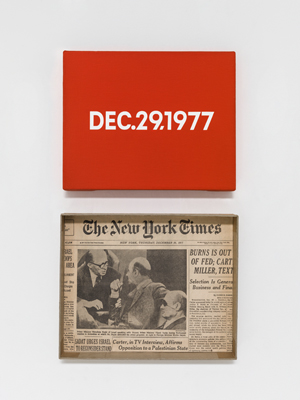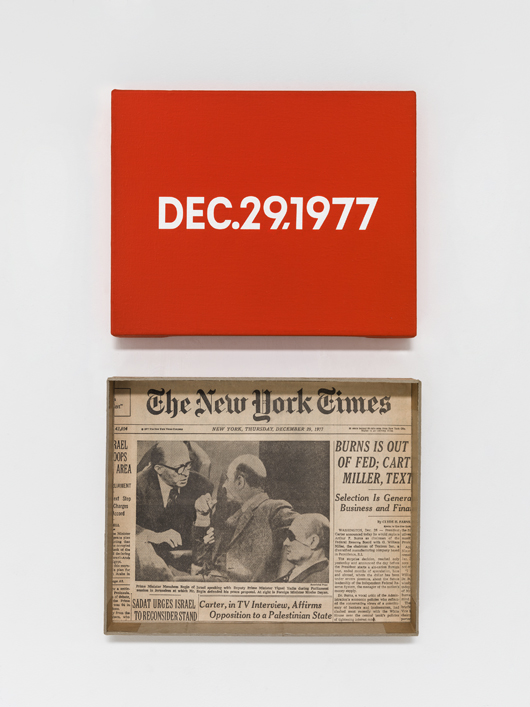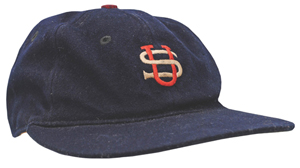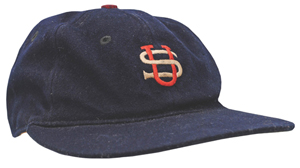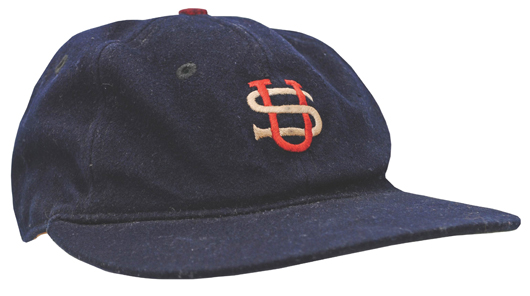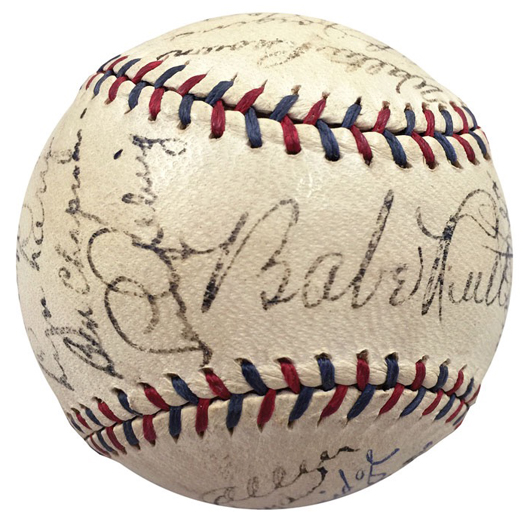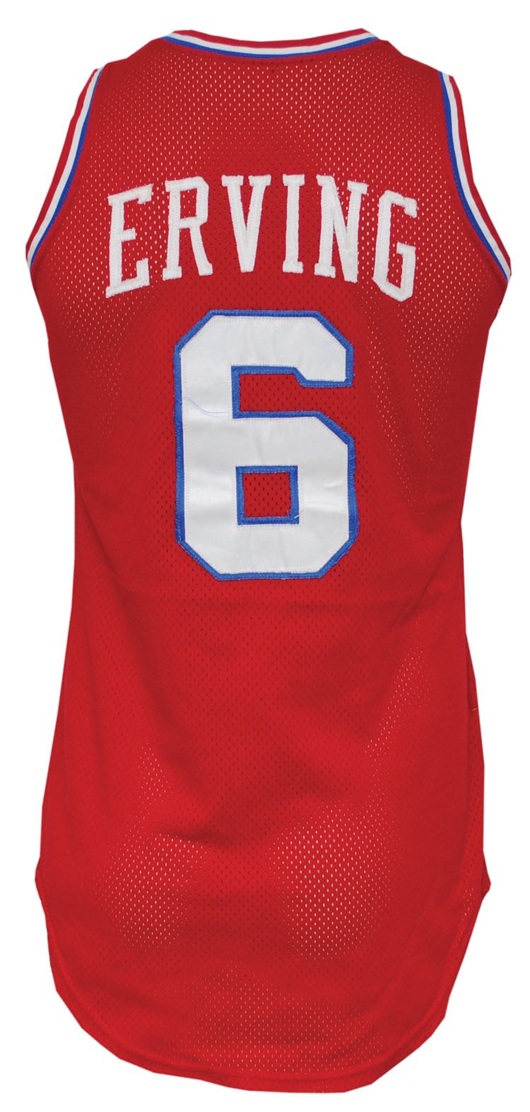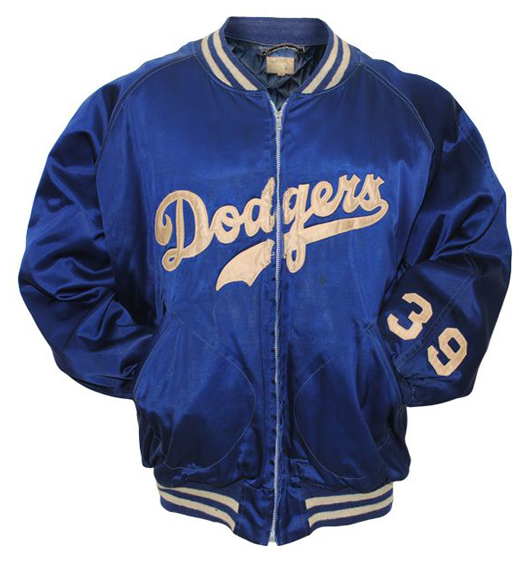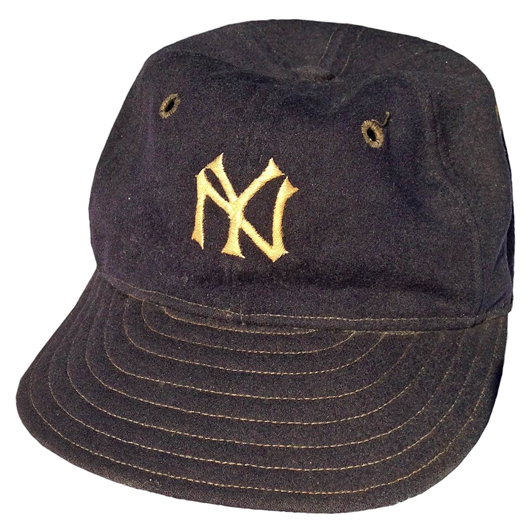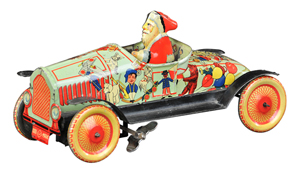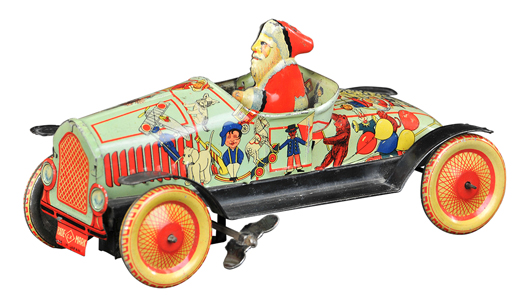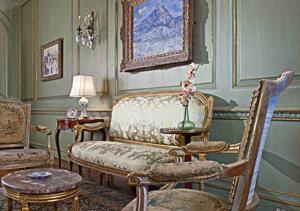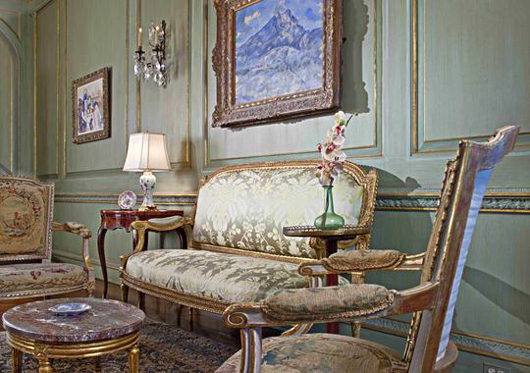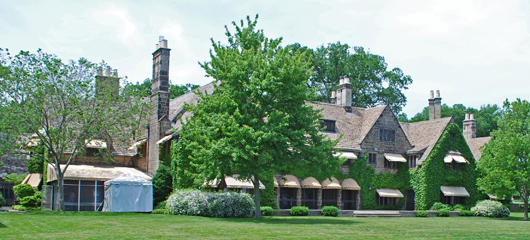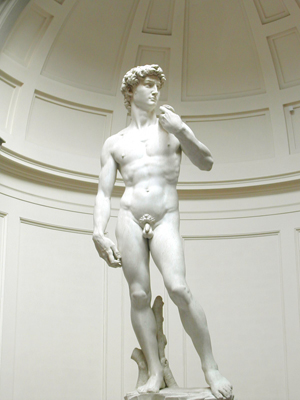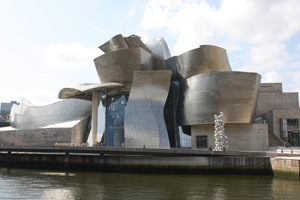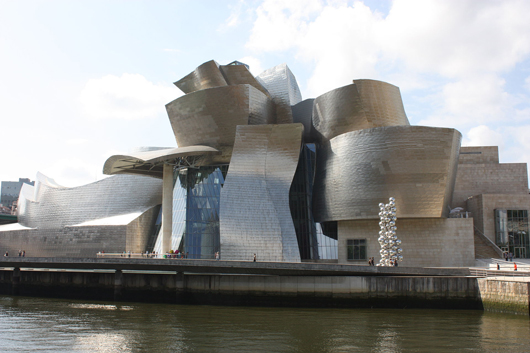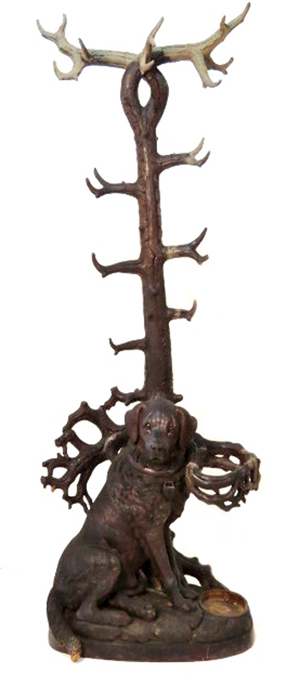
Fine and rare antique Black Forest carved hall rack with life-size, 30-inch dog. Sold for $19,600. S & S Auctions Inc. image REPAUPO, N.J. – An antique Black Forest hall rack, rare and highly collectible mainly for its finely carved, life-size dog, 30 inches tall, sold for $19,600 at an estates auction held Nov. 16-17 by S & S Auctions Inc. The hall tree was the top achiever of the 783 lots offered in an auction that grossed $857,500. LiveAuctioneers.com provide Internet live bidding.
Black Forest ware – 19th century Swiss carvings of forest animals, trees, branches and leaves – are highly coveted as collectibles. That this example featured a dog – a life-size dog at that – only increased its cache and market value, even taking into account some repaired seams. The hall tree, overall 84 inches tall and 32 inches wide, was magnificent and in very good condition.
“We were very pleased that this auction featured several large collections of a high quality caliber,” said Glenn Sweeney of S & S Auctions Inc. “We had great examples of French items, sculptures and furniture, among other categories. It was a successful and heavily attended sale, in person and online.” Internet bidding was provided by LiveAuctioneers.com and Invaluable.com.
The action kicked off on Sunday, Nov. 16, with 319 cataloged lots. Then, on Monday morning, a discovery sale featuring around 2,000 uncataloged lots was held, followed by the second session of the catalog auction at 1 p.m., with 464 lots. Headlining the sale was the estate of a prominent, deceased physician Ventnor, N.J., and items from a retired auctioneer from northern New Jersey.
Following are additional highlights from the auction. All prices quoted include a 22.5 percent buyer’s premium.
The biggest surprise of the sale (and the second top lot of the auction) was an Emile Galle etched art glass vase, just 3¼ inches tall and etched with a goddess riding a dolphin with two maidens. The vase was signed Emile Galle for Nancy and was clear glass with blue and green veins. Galle is desired as a collectible, but this example roared past its high estimate of $3,000 to hit $14,700.
An antique gilt carved center table with pietra dura top fetched $11,025. Pietra dura (Italian for “hardstone”) is a decorative technique in which precious or semi-precious stones are inlaid into the marble or other soft stone. Also, a 19th century French parquetry bureau-plat, a flat-top writing table with drawers to the frieze, having finely cast bronze mounts, in good condition, hit $4,900.
Items from France dominated the list of top lots. A French Chronos & Amour gilt and patinated figural bronze clock on a bronzed mounted marble base, 20½ inches tall and in good condition, went for $13,475; and a pair of 19th century French gilt bronze cherub candelabra with marble bases, rewired as lamps and having very fine casting, 37¼ inches tall, lit up the room for $6,738.
A pair of exceptionally fine, antique French bronze mounted stands with inlaid tops and bronze mounts, in very good condition except for some minor damage to one drawer, changed hands for $7,669. Also, a pair of antique 27-inch French gilt bronze mounted cobalt vases with finely cast gilt bronze mounts and porcelain inserts, 18½ inches tall and, in good condition, rose to $4,900.
A 19th century French gilt carved marble-top vitrine painted over gold gilt, mirror backed, with glass shelves, 58¼ inches tall, in very good condition, sold for $3,675; and a Baker Collector’s Edition Louis XV-style tooled leather-top bureau-plat desk with bronze mounts and feet, 30 inches tall and 66 inches wide, found a new owner for $3,369.
Bronze pieces did exceptionally well. A patinated and gilt bronze sculpture, signed “A. Mercie” and “F. Barbedienne,” 37 inches tall and with fine casting, garnered $11,638. A pair of French Empire-style gilt and patinated bronze classical masks and claw feet brought $3,062, and a pair of finely cast antique bronze showcases with glass tops, 39 inches tall, achieved $15,925.
Schmieg & Kotzian was a furniture maker that began in London in 1899 and relocated to New York City in 1907. Examples in the auction included a 20-foot banded top dining table with inlay and claw foot pedestals, which sold for $11,638; a set of 14 English-style Georgian mahogany dining chairs, $9,188; and a mahogany breakfront with bow glass center doors, 90½ inches tall, $5,512.
Rounding out some more of the sale’s top lots, an antique oak slot machine with cast metal art nouveau panels on the front, in working condition but in need of adjustment realized $7,962; and an antique 52 inch by 44½ inch Oriental rug, in fair condition with minor fraying, made $6,431.
S&S Auction Inc., established in 1972, is always accepting quality consignments. Call them at 856-467-3778, or send them an email at info@ssauction.com.
Click here to view the fully illustrated catalog for this sale, complete with prices realized.
ADDITIONAL LOTS OF NOTE
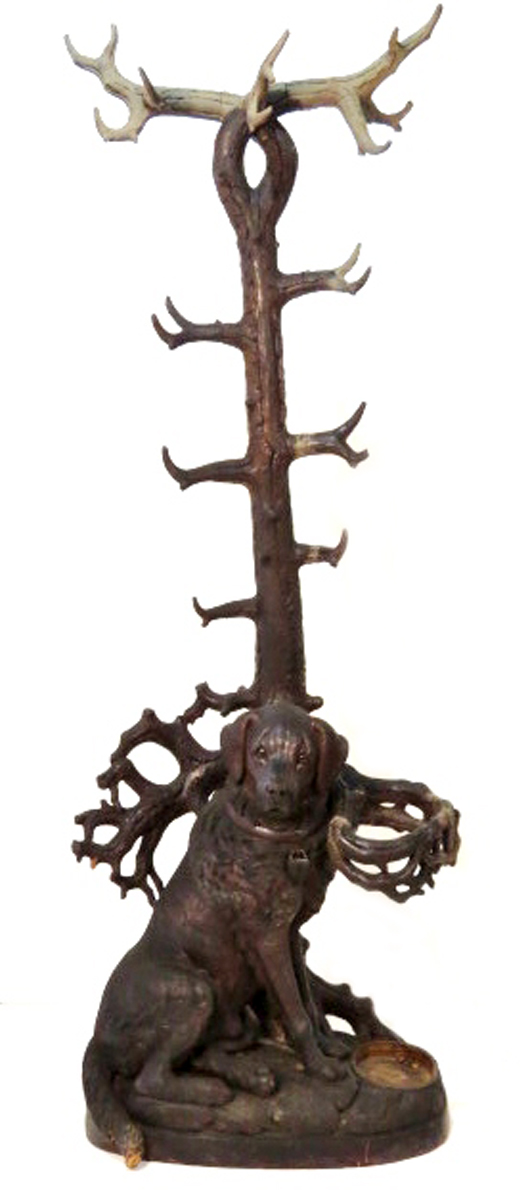
Fine and rare antique Black Forest carved hall rack with life-size, 30-inch dog. Sold for $19,600. S & S Auctions Inc. image 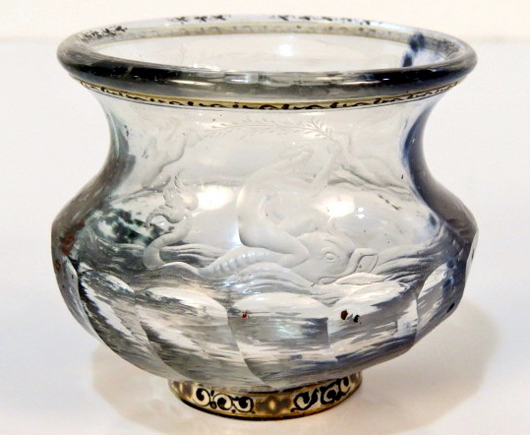
Rare Emile Galle etched art glass vase signed for Nancy, just 3¼ inches tall. Sold for $14,700. S & S Auctions Inc. image 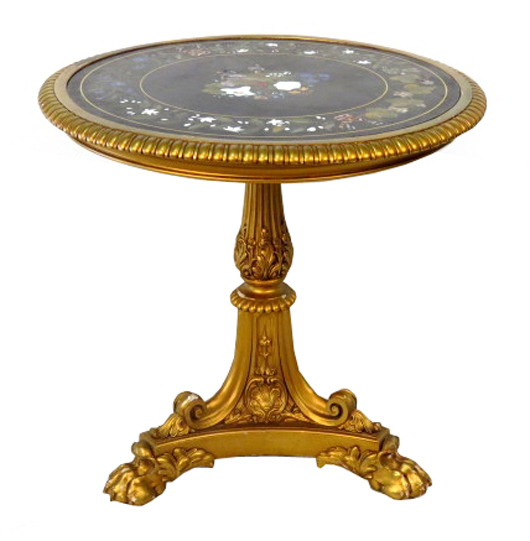
Lovely antique gilt carved center table with pietra dura stone-inlaid marble top. Sold for $11,025. S & S Auctions Inc. image 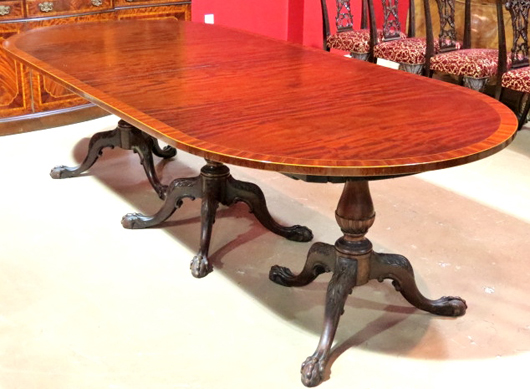
Triple pedestal dining room table by Schmieg & Kotzian, with 20-foot-long banded top. Sold for $11,638. S & S Auctions Inc. image 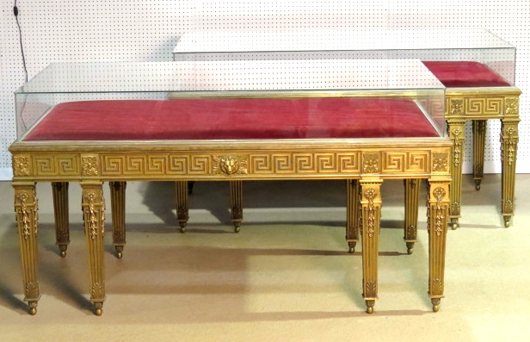
Exceptional pair of finely cast bronze antique showcases with glass tops, 6 feet tall. Sold for $15,925. S & S Auctions Inc. image 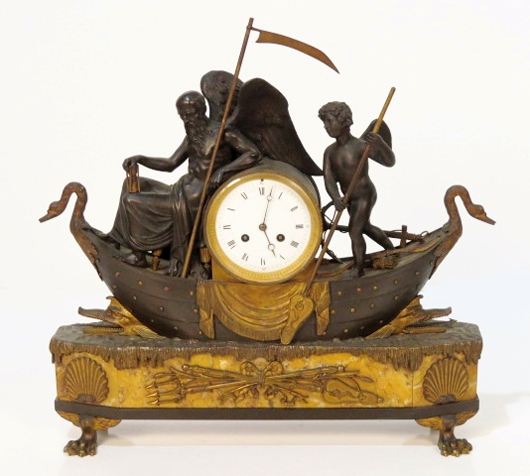
French Chronos & Amour gilt and patinated figural bronze clock on a marble base ($13,475. S & S Auctions Inc. image 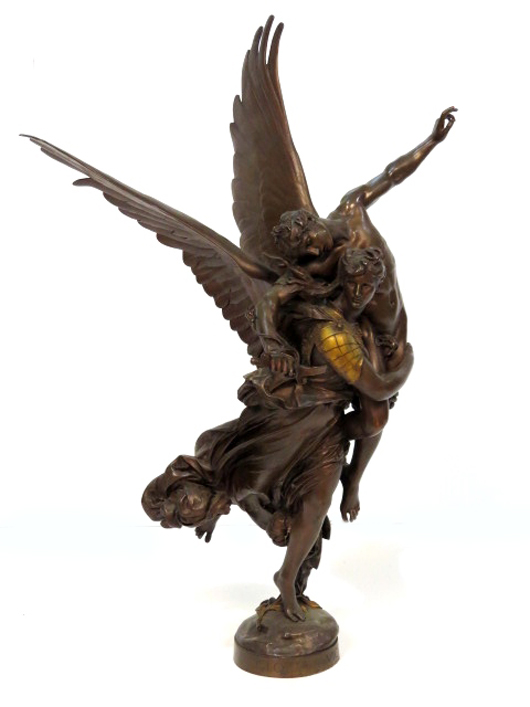
French patinated and gilt bronze sculpture, signed ‘A. Mercie’ and ‘F. Barbedienne.’ Sold for $11,638. S & S Auctions Inc. image 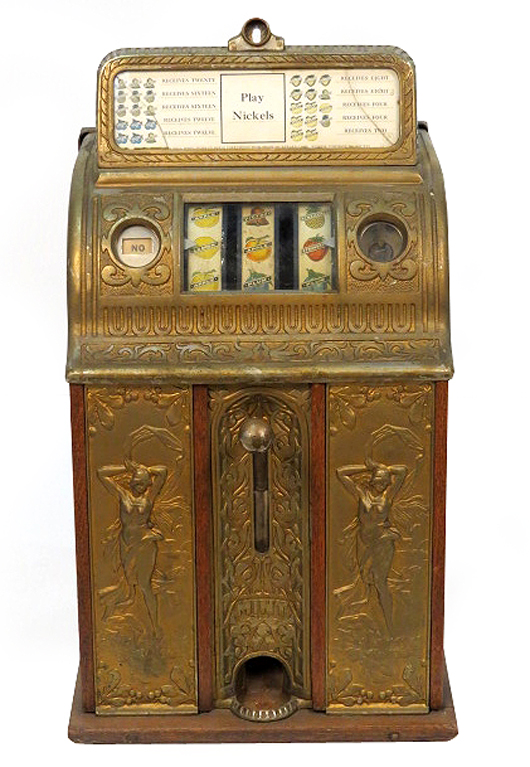
Antique slot machine with cast metal Art Nouveau panels on front, in working condition. Sold for $7,962. S & S Auctions Inc. image


